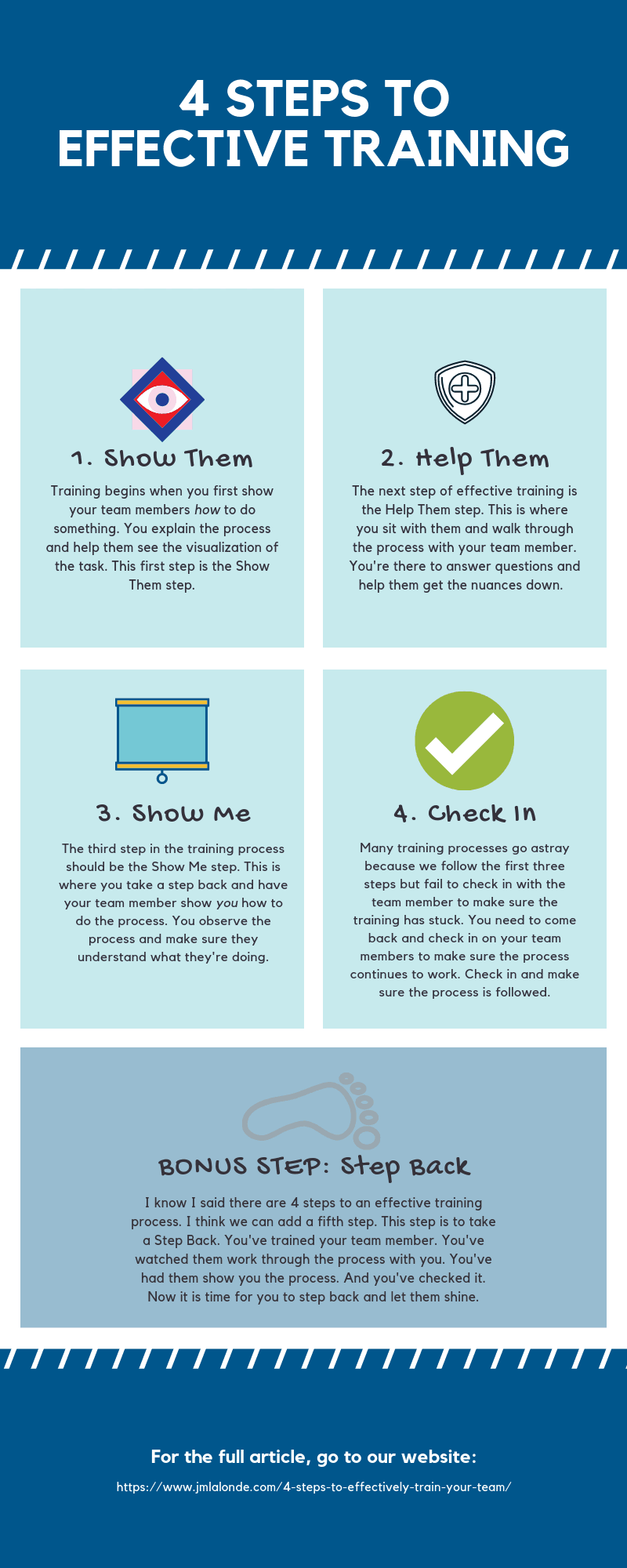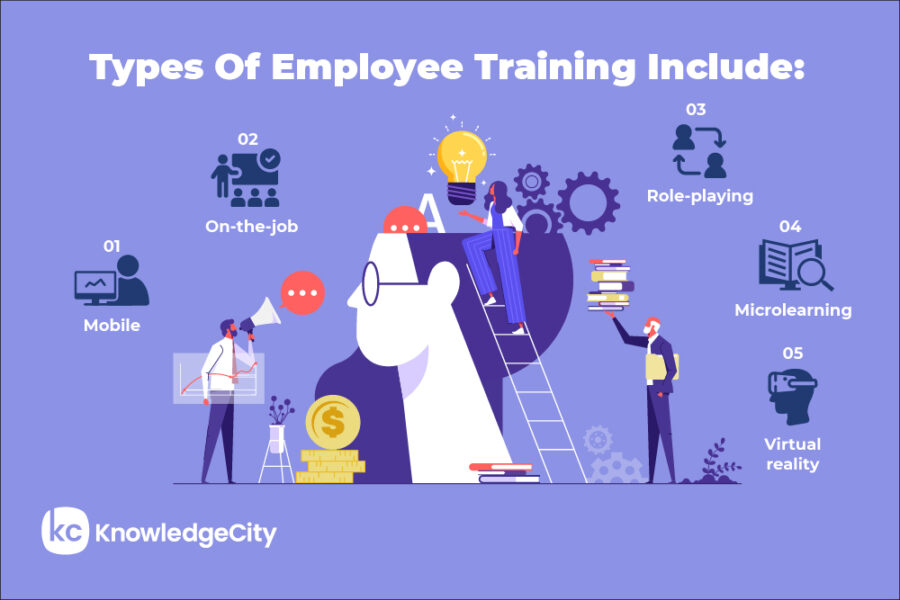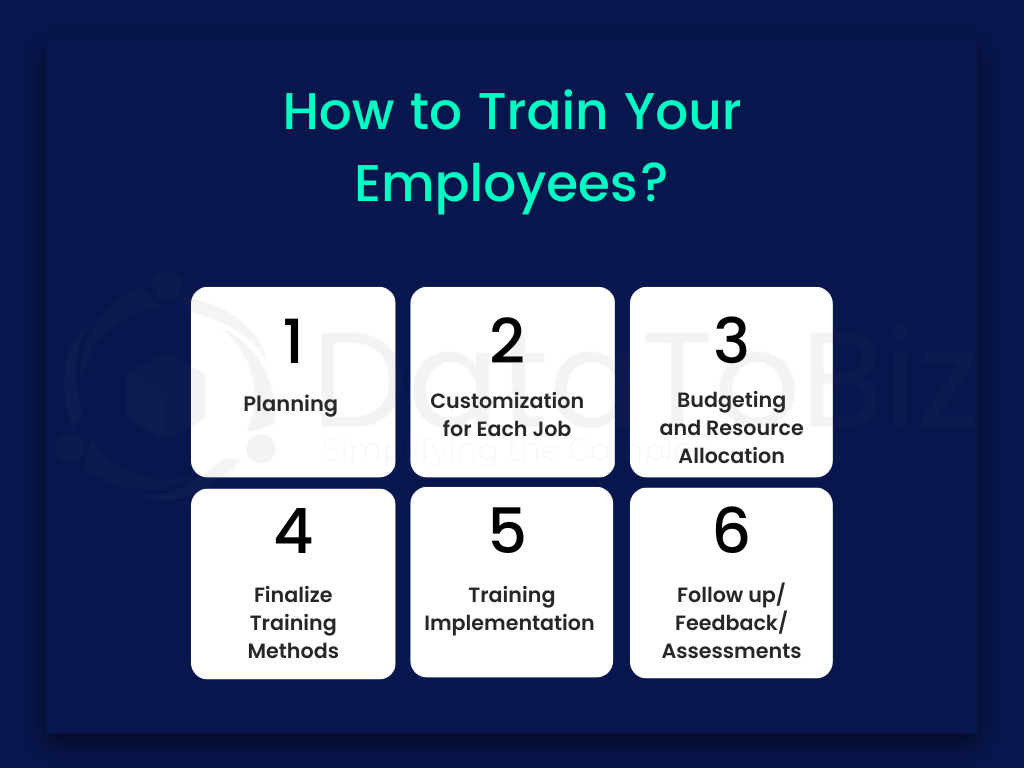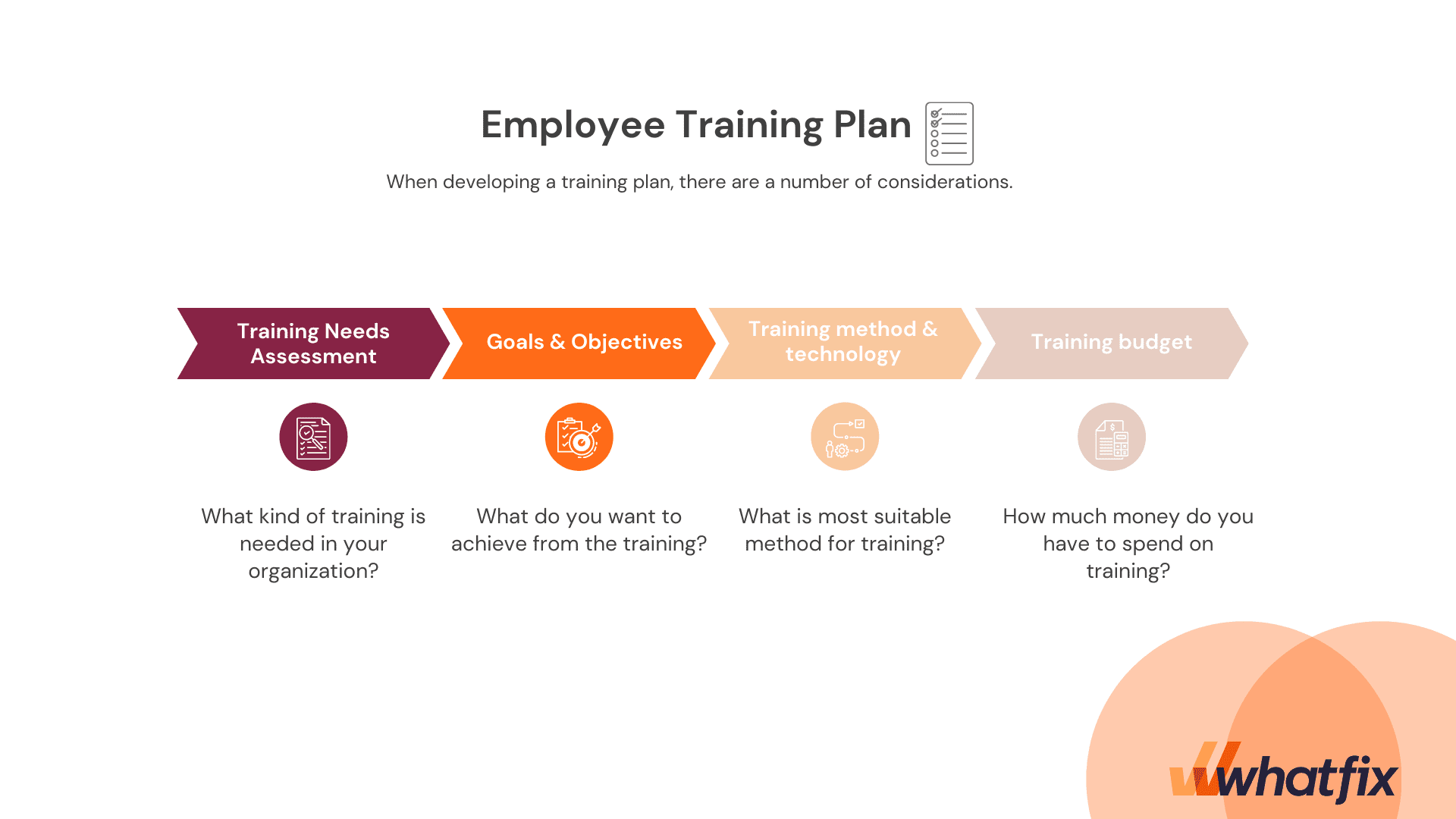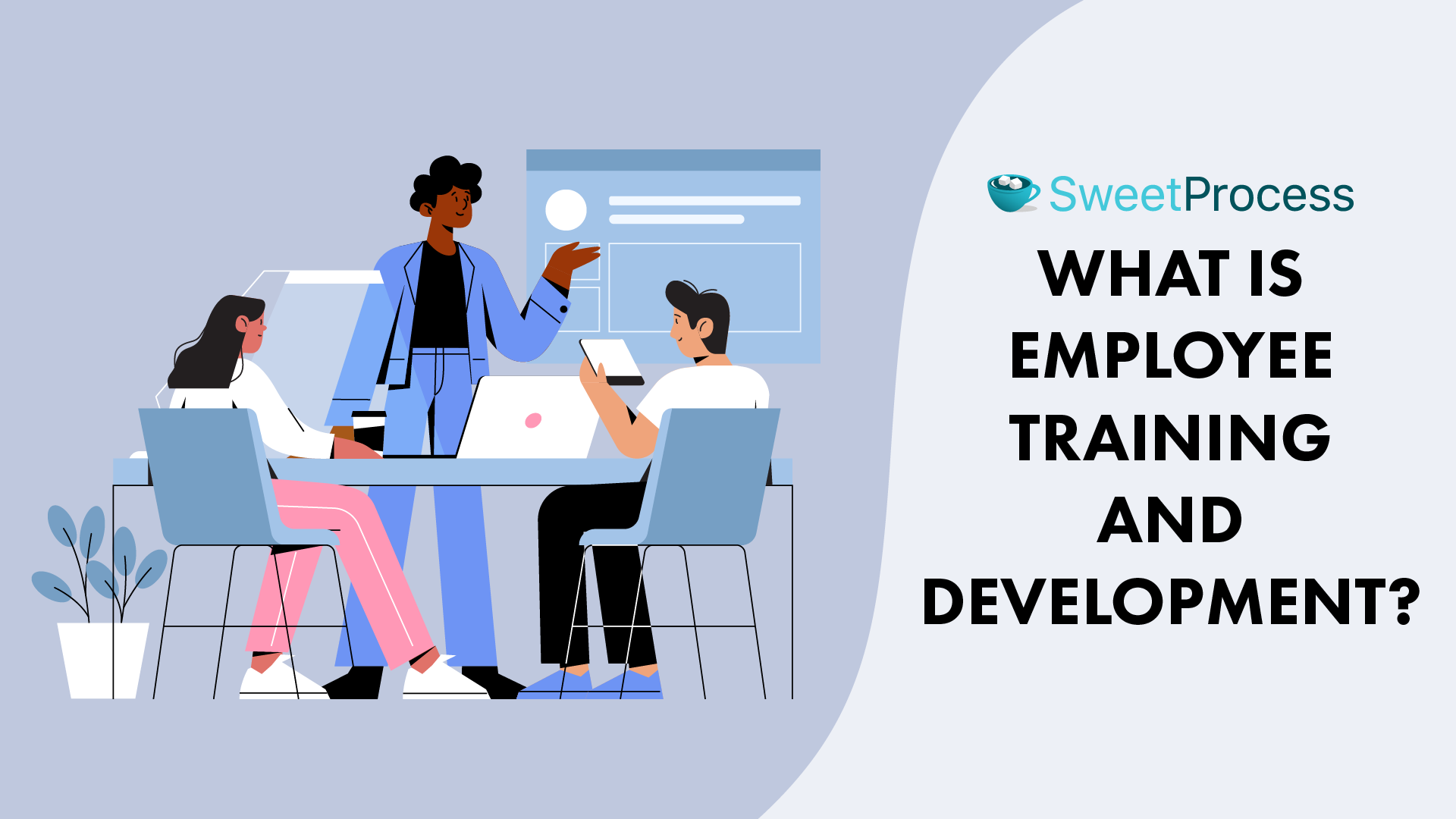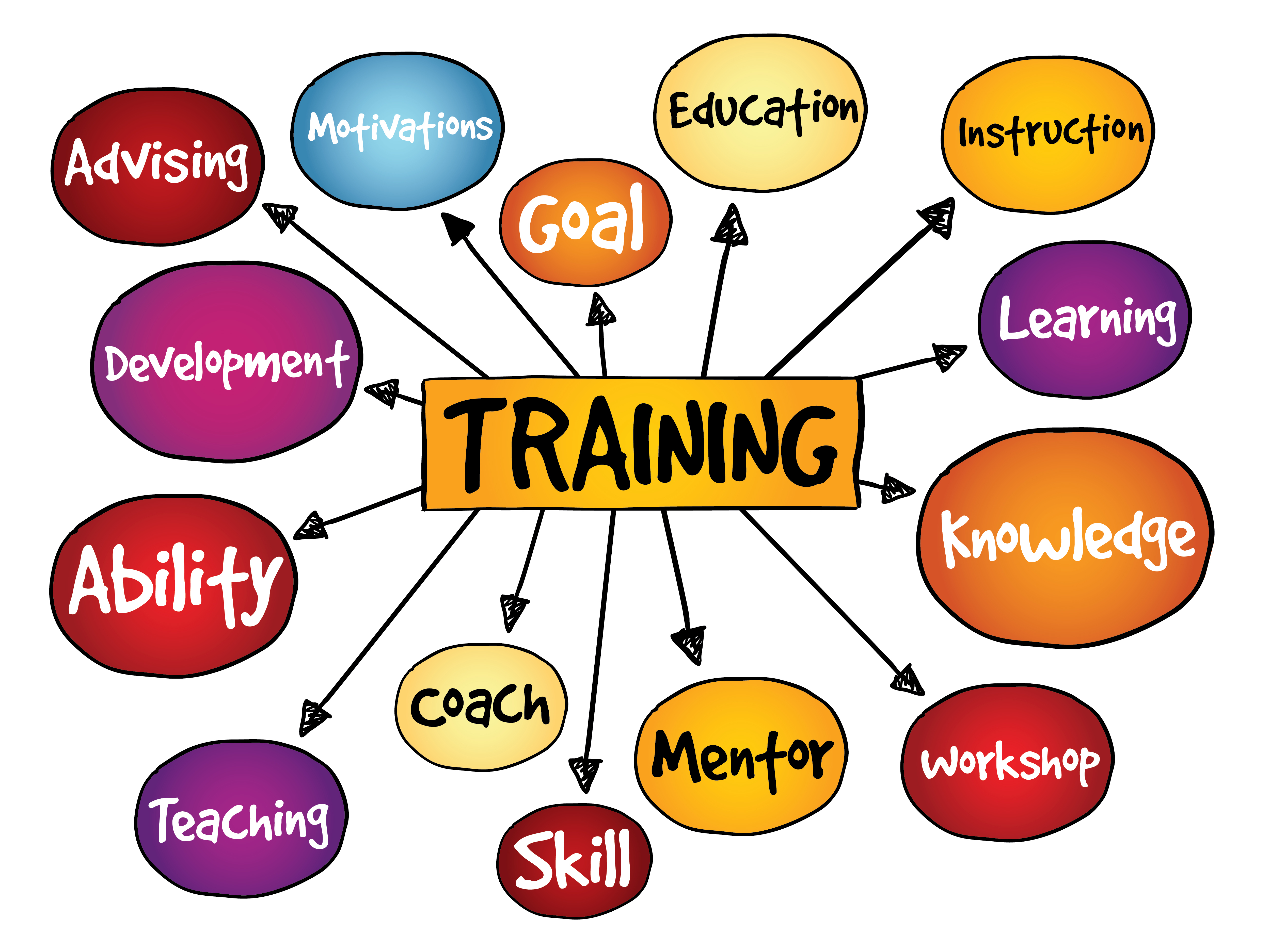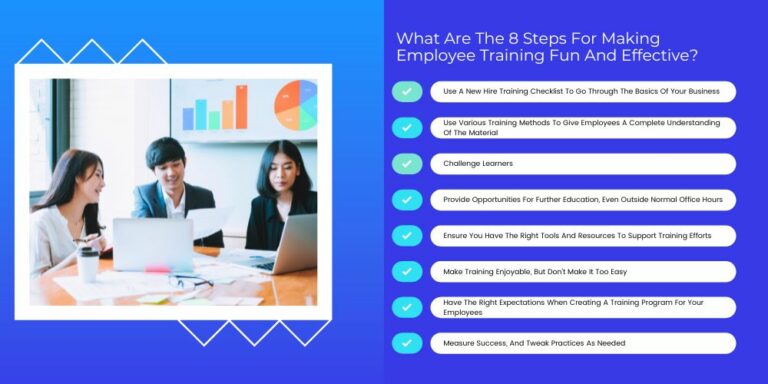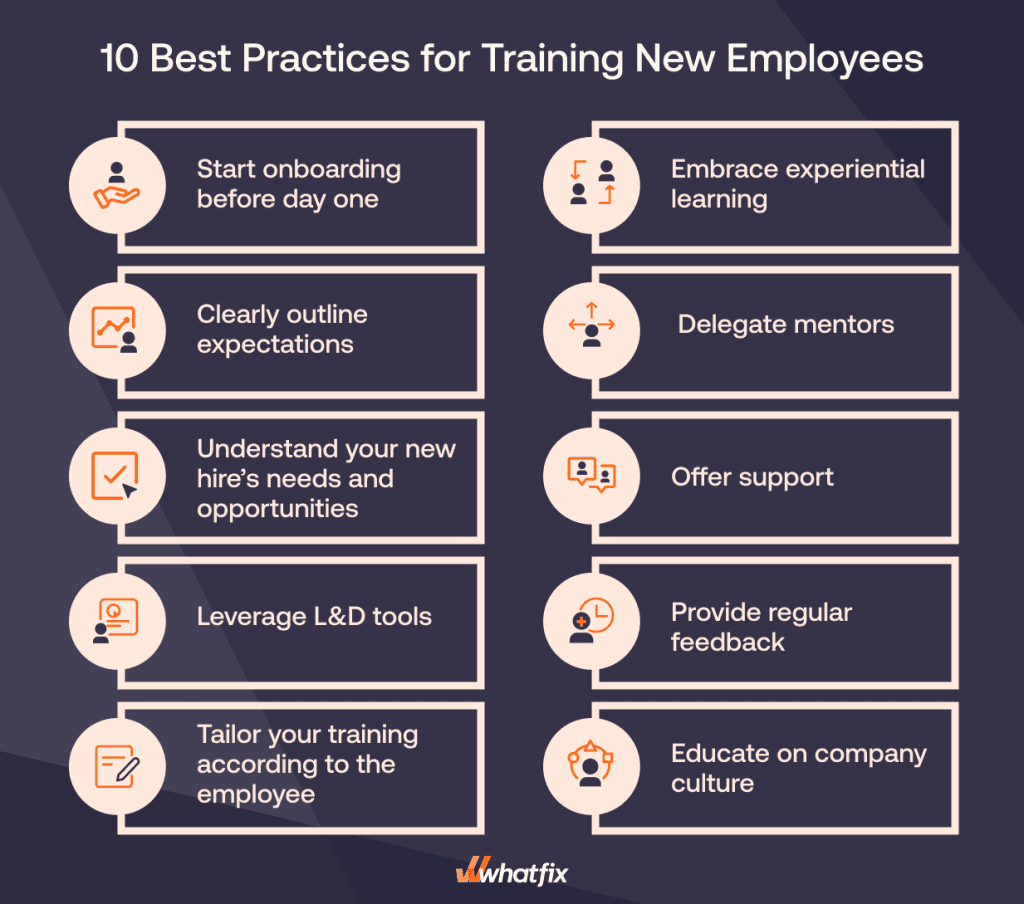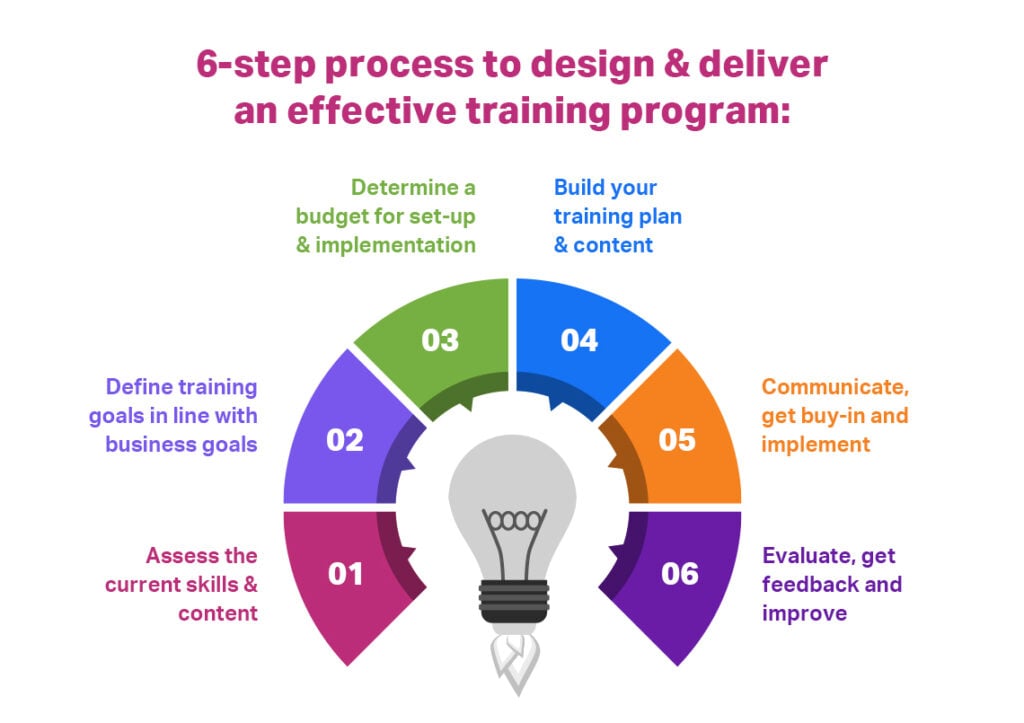How To Train Employees Effectively
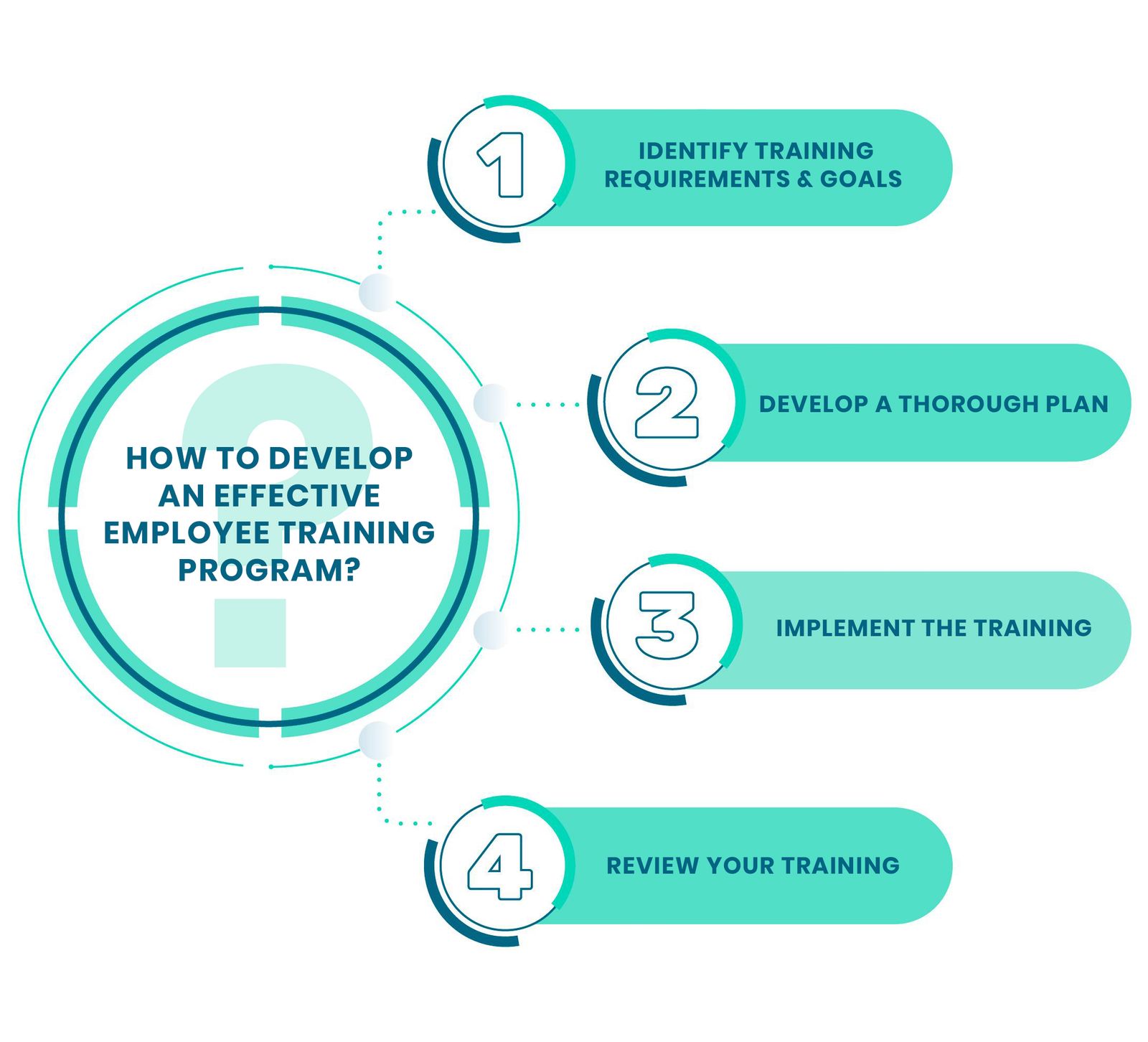
In today's rapidly evolving business landscape, the ability to effectively train employees is no longer a luxury, but a necessity for organizational survival and growth. Businesses that neglect employee training face decreased productivity, higher turnover rates, and ultimately, a diminished competitive edge.
This article delves into the essential strategies for effective employee training. It will provide a roadmap for businesses seeking to cultivate a skilled, engaged, and productive workforce. We will explore proven methodologies, leveraging data from reputable sources like the Association for Talent Development (ATD), to offer practical guidance on designing, implementing, and evaluating impactful training programs.
Understanding Training Needs
The cornerstone of any successful training program is a thorough needs assessment. This involves identifying the specific skills and knowledge gaps within the workforce that are hindering performance or preventing the achievement of organizational goals.
According to the ATD, a comprehensive needs assessment should include analyzing performance data, conducting employee surveys, and consulting with subject matter experts. This data provides valuable insights into areas where training can have the greatest impact.
Designing Effective Training Programs
Once the training needs have been identified, the next step is to design a program that is tailored to address those needs. This includes defining clear learning objectives, selecting appropriate training methods, and developing engaging content.
Learning objectives should be specific, measurable, achievable, relevant, and time-bound (SMART). This ensures that the training program is focused and that progress can be easily tracked. Effective training methods can include on-the-job training, classroom instruction, e-learning, mentoring, and coaching.
Implementing Training Programs
Effective implementation is crucial for ensuring that training programs achieve their desired outcomes. This involves providing adequate resources, creating a supportive learning environment, and ensuring that employees are engaged in the training process.
"Engaged employees are more likely to retain information and apply it to their jobs," notes a recent report from Gallup. This engagement can be fostered through interactive training activities, opportunities for collaboration, and positive feedback.
Evaluating Training Effectiveness
Evaluation is an essential component of the training process. It allows organizations to determine whether their training programs are achieving their objectives and to identify areas for improvement. Methods for evaluating training effectiveness include pre- and post-training assessments, employee feedback surveys, and performance data analysis.
Donald Kirkpatrick's Four-Level Training Evaluation Model – reaction, learning, behavior, and results – remains a widely used framework. This model provides a structured approach to measuring the impact of training on various aspects of employee performance and organizational outcomes.
Leveraging Technology
Technology plays an increasingly important role in employee training. E-learning platforms, virtual reality simulations, and mobile learning apps offer flexible and engaging training options that can be customized to meet the needs of individual employees. Data from IBM suggests that companies using comprehensive e-learning programs can boost productivity by 50%.
Adaptive learning technologies can personalize the training experience by adjusting the content and pace of learning based on an individual's progress. This ensures that employees receive the training they need, when they need it.
The Role of Leadership
Leadership plays a critical role in creating a culture of learning within an organization. Leaders must demonstrate a commitment to employee development by providing resources, encouraging participation, and recognizing employees who embrace learning.
A Harvard Business Review study found that organizations with strong leadership support for training have significantly higher employee engagement and retention rates. This underscores the importance of leadership buy-in for the success of any training initiative.
Future Trends in Employee Training
The future of employee training is likely to be characterized by increased personalization, the integration of artificial intelligence, and a greater focus on skills-based training. As the workforce becomes more diverse and the pace of technological change accelerates, organizations will need to adapt their training programs to meet the evolving needs of their employees.
Microlearning, which involves delivering training content in small, easily digestible chunks, is gaining popularity as a way to accommodate the limited attention spans of modern learners. Furthermore, the increasing use of data analytics will enable organizations to gain deeper insights into the effectiveness of their training programs and to make data-driven decisions about future training investments.
Investing in effective employee training is not just about improving individual skills. It's about building a strong, resilient, and adaptable organization that is well-positioned to succeed in the face of future challenges. By embracing the strategies outlined in this article, businesses can unlock the full potential of their workforce and achieve sustainable competitive advantage.
